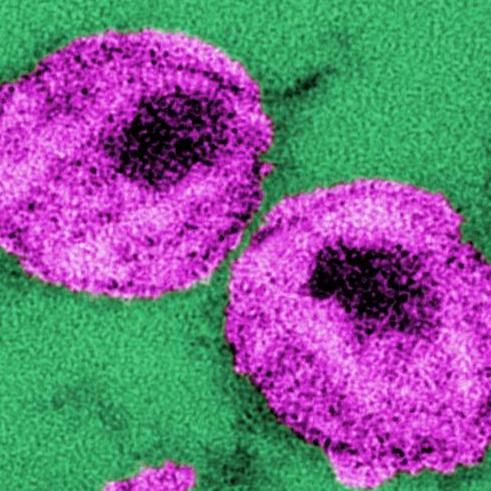HTI Vaccine Regimen Shows Immunogenicity in HIV Patients
Phase 1/2 trial results showed the immunomodulary vaccine regimen could induce significant T-cell response in patients with HIV.

HIVACAT T cell immunogen (HTI)-based vaccines DNA.HTI, MVA.HTI, and ChAdOx1.HTI show promising effect of viral control among people living with HIV, according to data presented last week at the Conference on Retroviruses and Opportunistic Infections (CROI) 2021 virtual sessions last week.
In phase 1/2 AELIX-002 trial research presented by Beatriz Mothe, MD, PhD, of the Department of Infectious Diseases at IrisCaixa AIDS Research Institute in Barcelona, a trio of therapeutic vaccines designed to enhance HIV-specific T cell immune response showed efficacy, immunogenicity, and safety in 45 patients.
The first-in-human assessment of the 3 immunomodulary vaccines sought to observe the vaccines’ benefit for plasma viral load (pVL) versus placebo in patients with HIV on antiretroviral therapy (ART).
Trial inclusion required patients who had early ART initiated with a three-drug regimen <6 months following HIV acquisition, >1 year of undetectable pVL with therapy, and CD4 count >400 cells/mm3 for 6 months.
Patients were randomized 2:1 to vaccine or placebo. The first 3 shots, of DNA.HTI, were administered at baseline, week 4 and 8. MVA HTI was administered at weeks 12 and 20.
After 24 weeks, blinded patients were invited to continue the study and received ChAdOx1.HTI at the new baseline and week 12, then another dose of MVA.HTI at week 24. An ART treatment interruption (ATI) 24-week period began after 32 weeks. Patients were monitored weekly at ATI for pVL and CD4 levels, for opportunities to resume ART.
Mothe and colleagues reported that 41 total patients (26 vaccine, 15 placebo) reached the ATI stage. They observed good vaccine tolerance, with no serious adverse events reported.
Immunogenecity, as per a two-fold increase or more in HTI-specific T cell responses versus baseline, was observed in 97% of vaccinated participants. Median increase in total frequencies of HTI-specific T cells versus baseline was 1499 SFC/million PBMC.
At ATI start, 71% of the total anti-HIV T-cell response observed by investigators was specific to HTI. HTI-specific responses at the time of ATI start was positively correlated with time off ART therapy in vaccinated participants.
The team observed a similar decay in total or intact HIV proviral DNA from baseline to ATI between vaccinated and placebo-treated participants.
Investigators concluded the HTI vaccines were safe and highly immunogenic in patients with HIV who were treated early with ART and had a prolong time off their regimen. Additionally, they observed a positive correlated between time off ART regimen and vaccine-induced HTI-specific T cell responses at ATI start.
With multivariate analyses of the vaccine response still ongoing, Mothe and colleagues expressed optimism for the findings.
“These encouraging data strongly support the use of HTI-based vaccines as the backbone of combination cure regimens such as with the TLR7 agonist vesatolimod, which is currently being evaluated in the AELIX-003 study,” they concluded.
